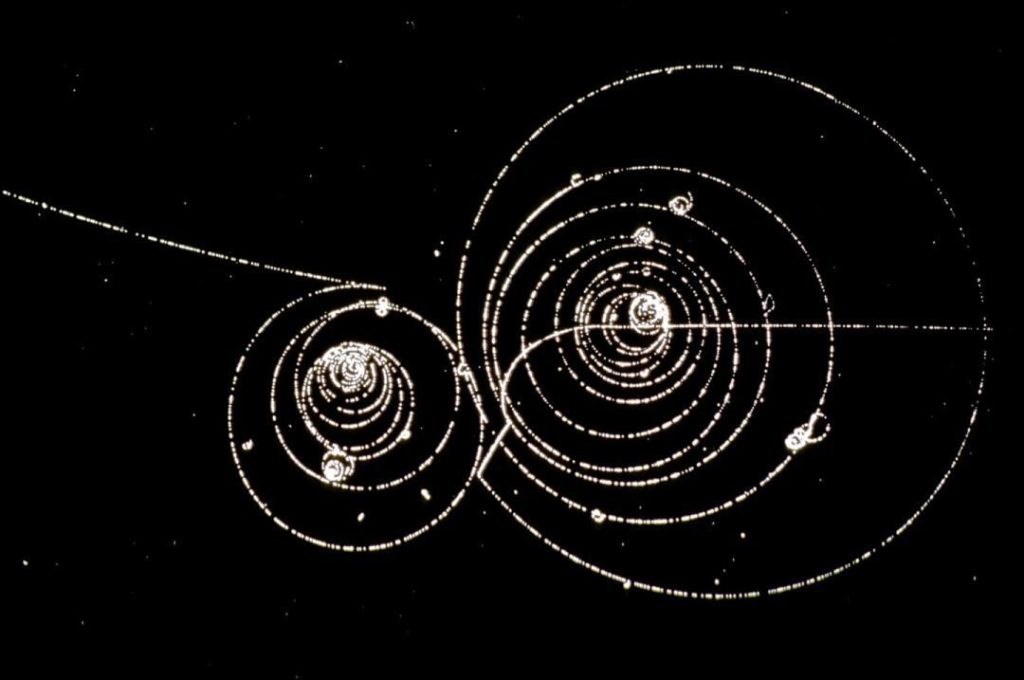
Scientists Build Container to Ship Earth’s Most Expensive Substance That Costs $62 Trillion
In a groundbreaking achievement, scientists at the European Organization for Nuclear Research (CERN) have successfully built a container capable of transporting antimatter out of the laboratory. The two-metre-long containment device, designed to withstand the extreme conditions required to store antimatter, was driven four kilometres before being safely returned to the laboratory. This feat marks a significant milestone in the quest to harness the potential of antimatter, which has been estimated to be worth a staggering $62.5 trillion.
Antimatter, which is the opposite of regular matter, is a rare and elusive substance that has captivated scientists for decades. It is known for its unique properties, including the fact that it has the same mass as regular matter but opposite charges. The production of antimatter is an extremely challenging and expensive process, requiring the manipulation of high-energy particles in a controlled environment.
The estimated cost of antimatter is a staggering $62.5 trillion, based on the energy involved and the estimated production capacity. This figure was first proposed by NASA scientists in 1999, and it has only increased since then. To put this into perspective, the global GDP is around $80 trillion. The cost of antimatter is so high that it is equivalent to building a new economic system from scratch.
The CERN team, led by Dr. Laura Natali, has been working on the development of antimatter containment technology for several years. The new device is designed to withstand the extreme conditions required to store antimatter, including the intense magnetic fields and radiation. The team used advanced materials and cutting-edge technology to build the container, which is capable of maintaining the delicate balance of antimatter at extremely low temperatures.
The success of the CERN team is a significant breakthrough in the field of antimatter research. It marks the first time that antimatter has been successfully transported outside of the laboratory, paving the way for further research and development. The potential applications of antimatter are vast, from energy production to medicine and beyond.
The discovery of antimatter has the potential to revolutionize our understanding of the universe. It could provide a new source of clean energy, as antimatter reacts with regular matter to release a large amount of energy. This could be used to power homes, cars, and industries, reducing our reliance on fossil fuels and mitigating climate change.
Antimatter could also be used in medicine, where it could be used to create new treatments for diseases. For example, antimatter could be used to create targeted cancer therapies, where it is used to destroy cancer cells while leaving healthy cells intact. This could lead to more effective and less invasive treatments for cancer patients.
The development of antimatter technology also has the potential to revolutionize our understanding of the universe. It could provide a new way to study the fundamental laws of physics, allowing scientists to gain a deeper understanding of the nature of matter and energy.
The CERN team’s achievement is a testament to human ingenuity and the power of scientific research. It demonstrates the potential of science to drive innovation and push the boundaries of what is thought possible. As scientists continue to explore the mysteries of antimatter, we can expect to see further breakthroughs and developments that could have a profound impact on our world.
In conclusion, the scientists at CERN have achieved a major milestone in the development of antimatter technology. The successful transportation of antimatter outside of the laboratory marks a significant breakthrough in the field, paving the way for further research and development. With its potential applications in energy, medicine, and beyond, the discovery of antimatter has the potential to revolutionize our world.
News Source:






